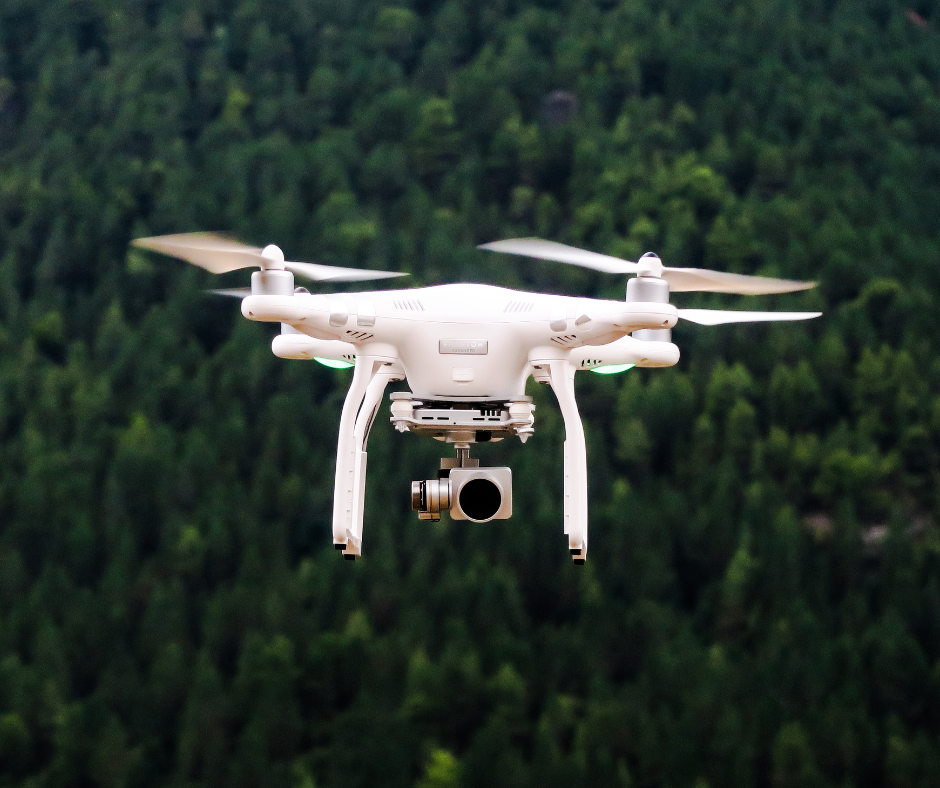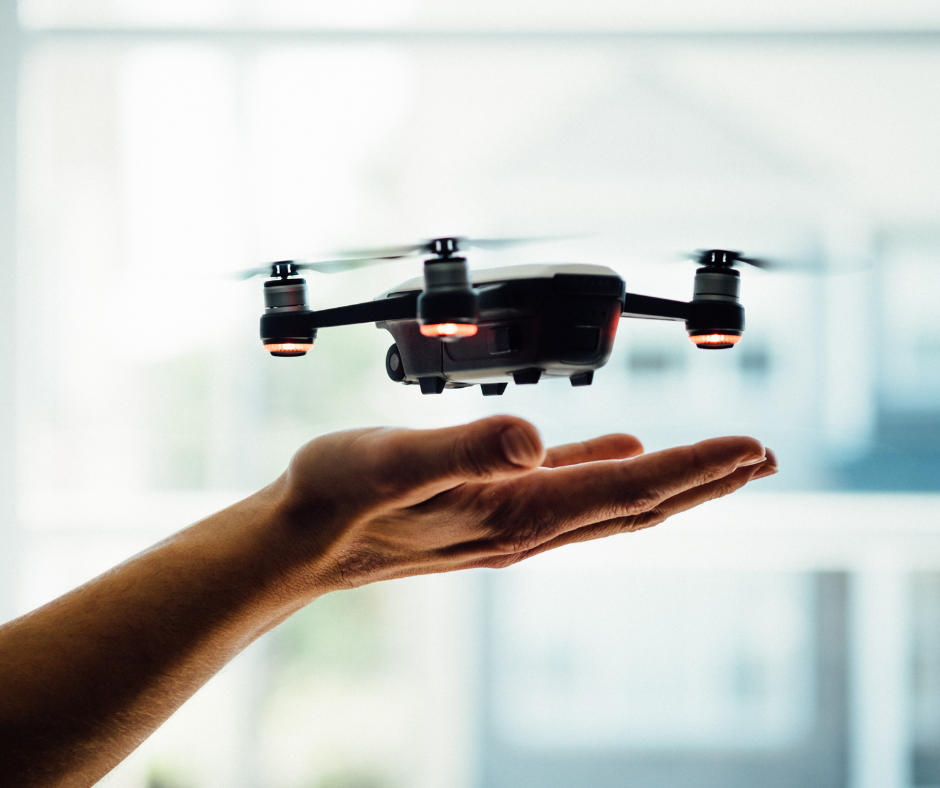Aerial Drones
Military and Civilian Drones, and the Advanced Development and Use.
By Dennis Shelly
Aerial drones, also known as unmanned aerial vehicles (UAVs), encompass a broad range of aircraft that operate without a human pilot on board. In recent years, the world has witnessed the remarkable rise of drones as powerful tools that have transformed various sectors of society. These unmanned aerial vehicles (UAVs) have revolutionized military operations, offering enhanced capabilities and reducing risks for soldiers. Simultaneously, drones have found their way into civilian applications, proving invaluable in firefighting efforts and search and recovery operations following disasters.
Drones have become increasingly prevalent in our modern world, from large-scale aircraft to palm-sized devices. This article explores the multifaceted nature of drones, and their military and civilian uses, highlighting their benefits, and envisioning a future where drones continue to shape our world.

Military Use
Drones have become an integral part of modern military operations, enabling nations to project power with precision and minimize risks to their personnel. By eliminating the need for human pilots, drones have fundamentally transformed the nature of warfare. The conflict in Ukraine has served as a striking example of the significance of drones in modern warfare. Both sides of the conflict have extensively utilized drones for reconnaissance, target acquisition, and even offensive actions. Drones have played a crucial role in shaping the dynamics of conflict, highlighting their undeniable value in military contexts.
Main points:
No Pilot Danger
Unlike traditional aircraft, drones allow military forces to execute operations in hazardous environments without exposing pilots to imminent danger. Whether it is conducting reconnaissance missions over hostile territories or executing targeted strikes, drones serve as invaluable assets that can operate in high-risk scenarios with reduced pilot risk.
Reconnaissance and Surveillance
Drones equipped with advanced imaging technologies, including high-resolution cameras and infrared sensors, enable military forces to gather real-time intelligence and monitor enemy movements. They can conduct surveillance over vast areas, providing critical information for strategic decision-making. Drone imaging tools enable real-time surveillance, intelligence gathering, and target identification, improving situational awareness on the battlefield and enhancing strategic decision-making.
Geolocating
Drones equipped with geolocation technologies have proven invaluable in military operations, enabling forces to accurately identify and track targets. Through geolocating capabilities, drones assist in precision strikes, minimizing collateral damage and reducing the risks of civilian casualties.
Combat Support
Drones provide valuable support to ground forces by conducting airstrikes, carrying and launching munitions, and performing offensive actions. They can engage in targeted attacks on enemy positions, disrupting their operations and providing an advantage to friendly forces.
Force Protection
Drones serve as force multipliers, enabling military personnel to maintain distance from potentially dangerous situations. By deploying drones for reconnaissance and surveillance, soldiers can gather critical information while minimizing the risk to their own lives.
Communication and Connectivity
Drones equipped with communication systems enhance connectivity on the battlefield, providing a reliable and secure means of communication between military units. This improves coordination, situational awareness, and the overall effectiveness of military operations.
Civilian Use
Beyond military applications, drones have found their place in civilian operations, particularly in firefighting and search and recovery efforts following disasters. Their agility, versatility, and ability to access hard-to-reach areas make them indispensable tools in these scenarios.
Key points in civilian use:
Firefighting
Drones equipped with thermal imaging cameras and other sensors assist firefighting crews in assessing the spread of wildfires and identifying hotspots. These aerial tools provide real-time data, aiding in efficient resource allocation, fire suppression, and overall situational awareness. Drones enable firefighters to combat wildfires with enhanced safety and effectiveness.
Disaster Management
Following natural disasters or large-scale accidents, drones are deployed to search for survivors, assess the damage, and aid in recovery operations. Equipped with high-resolution cameras and advanced mapping software, drones can quickly survey vast areas and identify potential hazards, ensuring a more coordinated and efficient response to emergencies.
Delivery Services
Companies are exploring the use of drones for last-mile delivery of packages and goods. Drones offer the potential for faster and more efficient delivery in urban areas and remote regions, overcoming challenges posed by traffic congestion or difficult terrains.
Agriculture and Farming
Drones equipped with specialized sensors and cameras are employed in precision agriculture. They can collect data on crop health, monitor irrigation, and optimize fertilizer application. This technology enables farmers to make data-driven decisions, increase crop yields, and reduce resource wastage.
To Conclude
The rapid proliferation and technological advancements in drone technology have ushered in a new era of military and civilian operations. Drones have proven their worth in military contexts, offering enhanced capabilities and minimizing risks for humans. Moreover, in civilian applications such as firefighting and search and recovery, drones have proven extremely useful, enabling quicker responses and more efficient operations. As technology continues to evolve, the future holds even greater potential for drones, transforming industries and shaping the way we approach various tasks. Whether in military or civilian domains, drones have undeniably become indispensable tools in our increasingly complex and interconnected world.
Please contact us by visiting our website at www.eggheadit.com, by calling (760) 205-0105, or by emailing us at tech@eggheadit.com with your questions or suggestions for our next article.
IT | Networks | Security | Voice | Data


0 Comments